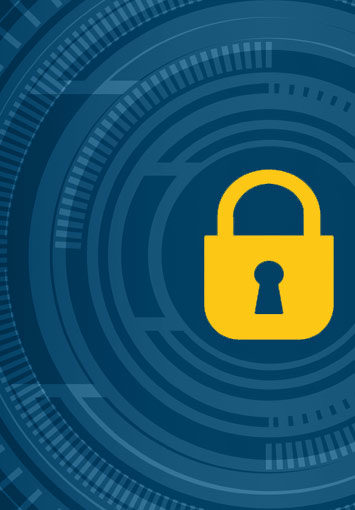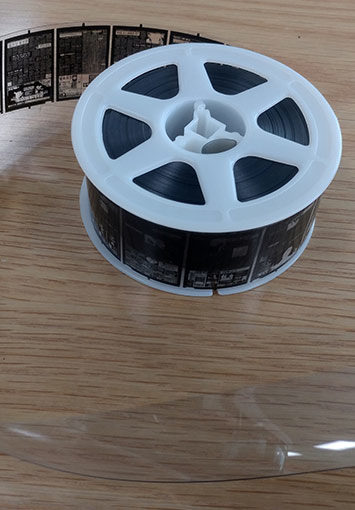Records Management Knowledge Center
Learn how to manage, organize, and store your critical data more efficiently.
Improving the accessibility and security of your data doesn't need to be difficult. Our knowledge base contains all the information you need to make informed decisions when its time to modernize your records management practices.
Educational institutions generate an overwhelming amount of paperwork, from onboarding students and hiring staff to meeting compliance requirements under laws like FERPA. Scanning student records provides a solution, streamlining record management while improving accessibility and security.
Collecting personal information is a normal part of doing business. Whether it’s from customers, employees, or vendors, most businesses handle sensitive data that needs to be protected. Once this information is collected, it’s a business’s responsibility to keep it safe, and complying with data privacy laws is one of the best ways to do it.
Microfilm was once considered to be the gold standard of information storage. At its peak, no other storage medium could match its convenience, affordability, and durability. Government agencies, libraries, and historical archives relied on it for long-term data storage, and even today, microfilm and microfiche are still in use. Even though most people have switched
Protecting sensitive information is one of the most important responsibilities any business has. Shredding outdated or unnecessary documents is a simple and effective way to prevent information theft or accidental leaks. It’s a small but critical part of a larger data protection plan. Properly disposing of confidential documents can help reduce the risk of a
Optical character recognition (OCR) is specialized software designed to recognize and extract text from images or scanned documents. By converting physical text into machine-readable data, OCR makes it possible to search, edit, and process the contents of scanned documents using word processing software. This makes it an essential tool for anyone looking to digitize paper
Over the last few years, the landscape of work and employment has undergone a particularly dramatic shift. Working remotely, which traditionally has only been an option for a small percentage of people, has exploded in popularity, capturing the attention of employers of all different shapes and sizes. And while there are a number of fairly
Moving paper records to an off-site facility for scanning isn’t always practical. Some documents might be too fragile to transport, while others might contain sensitive information that’s better kept under your direct control. In some cases, regulations may even require files to remain on-site, leaving off-site scanning off the table entirely. Whatever the reason, sending
Government agencies manage an enormous volume of records, from business licenses and permits to financial and historical documents. Scanning these records helps agencies preserve important records, improve efficiency, and reduce reliance on physical storage.
A lot of businesses make huge investments in security infrastructure, technology, and IT staff to protect their data, while overlooking the final and often most important step in any data management program; document destruction. What happens to paper documents when they’re no longer useful?
For most of the twentieth century, microfiche and microfilm were the preferred methods used to store images, blueprints, schematics, maps, and other important documents for extended periods of time. At the peak of its popularity, there was no other format with the same versatility or longevity. Microform technology made it possible to reduce documents on









